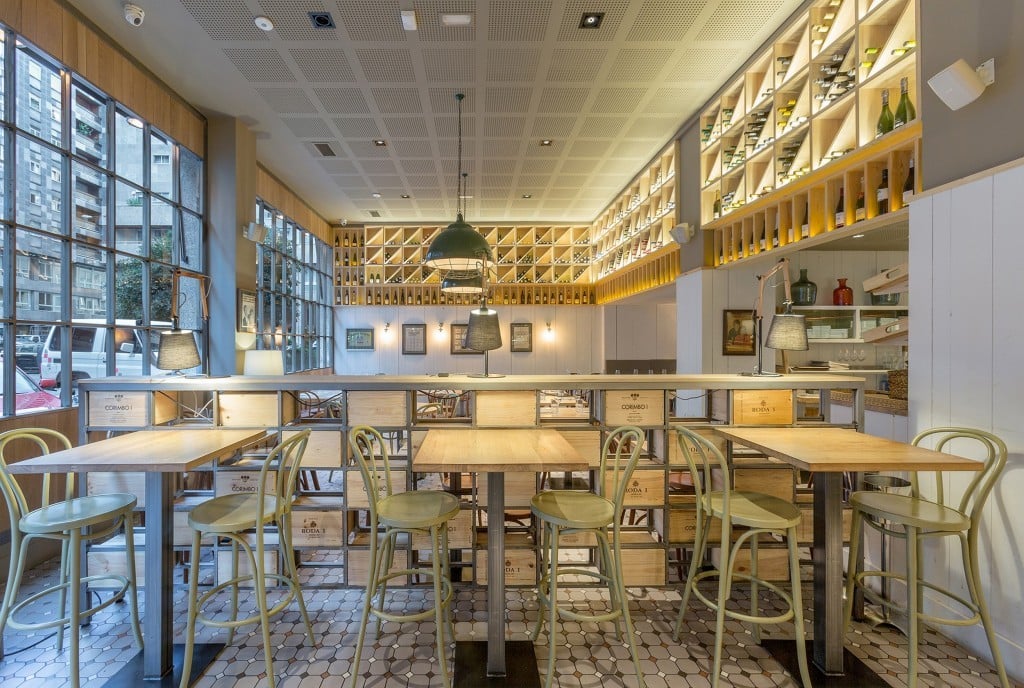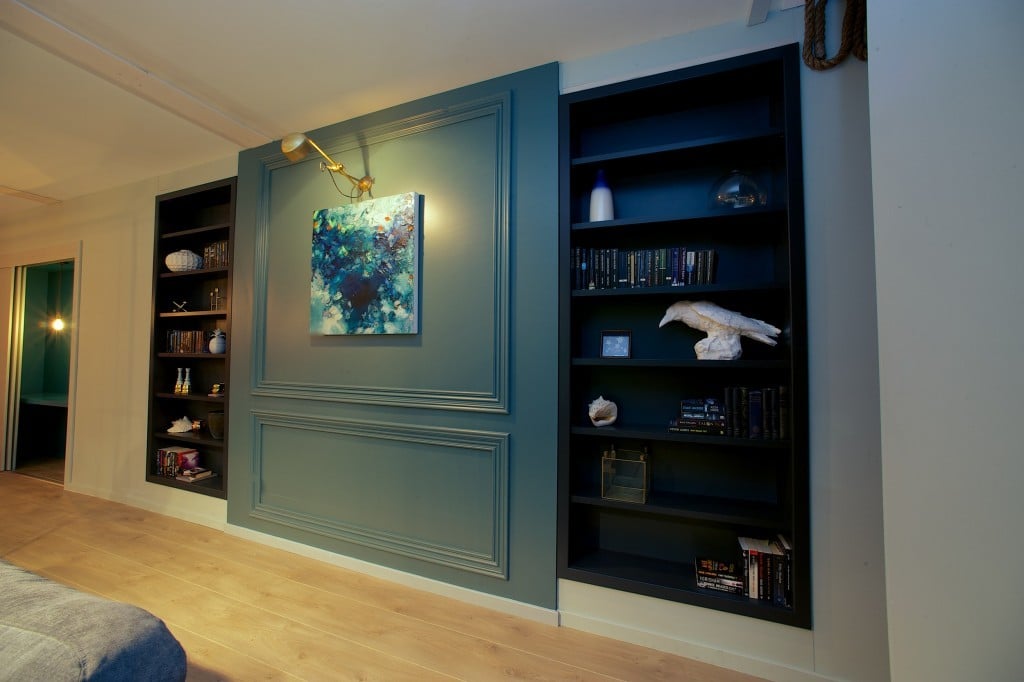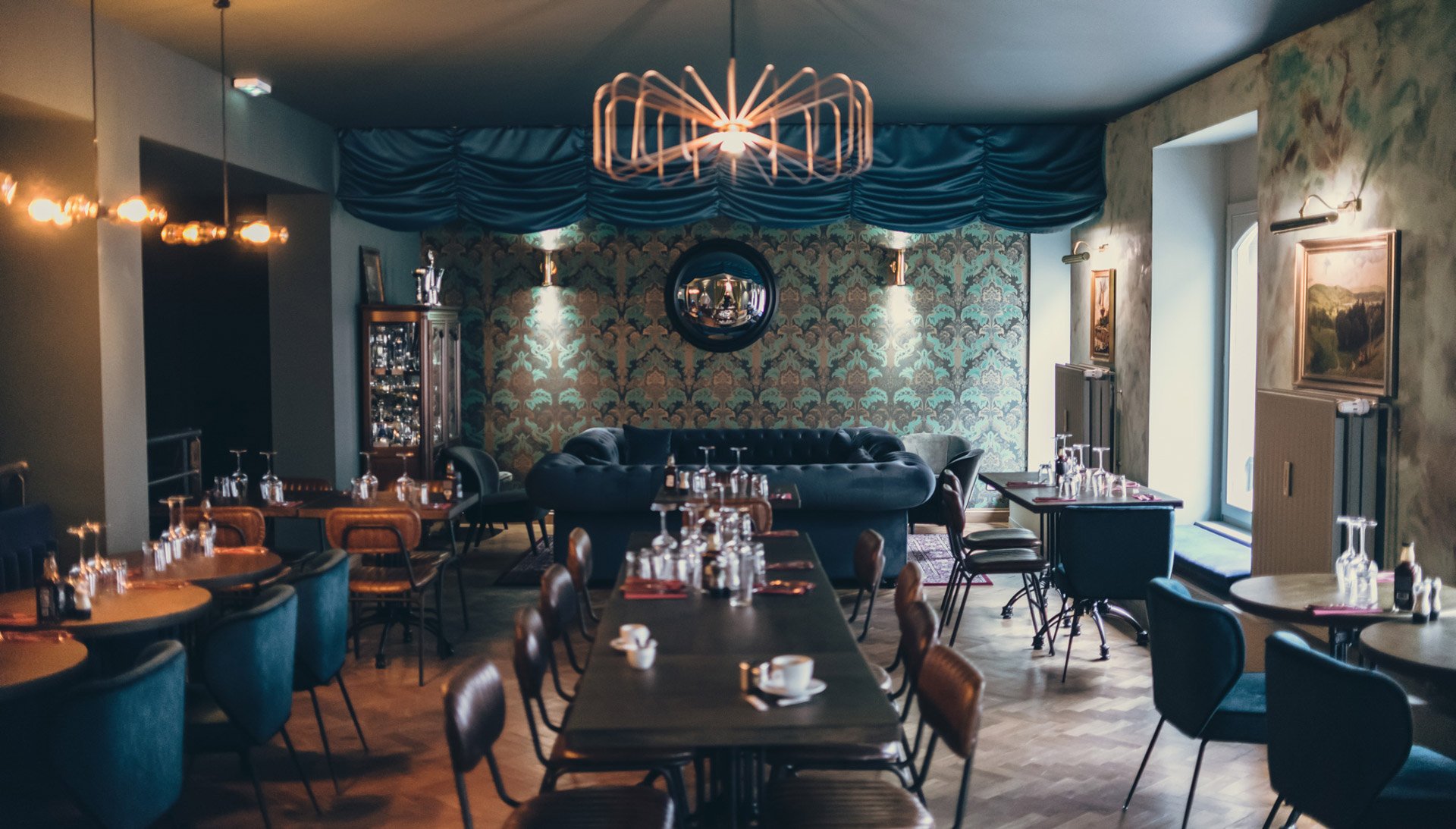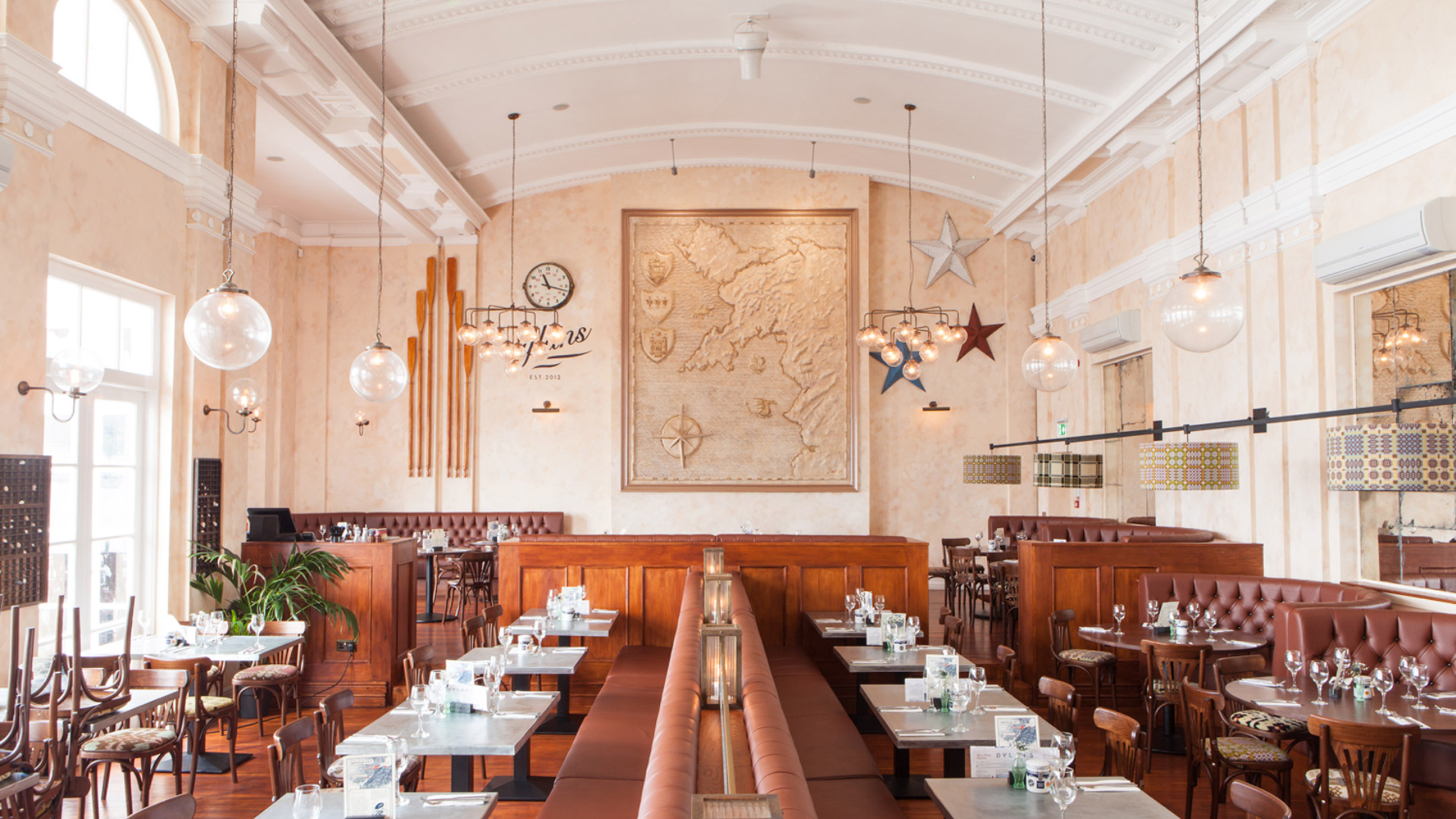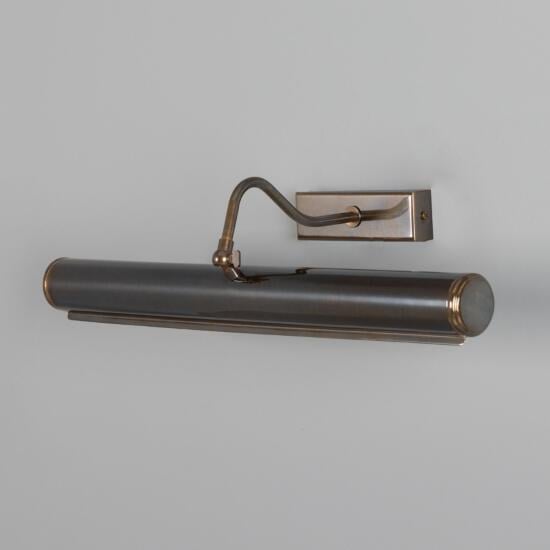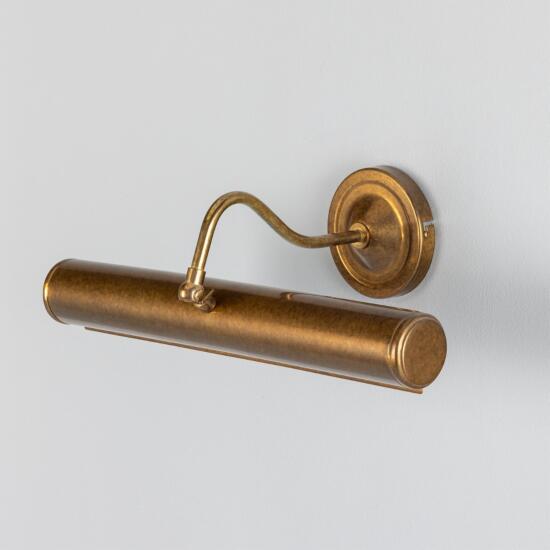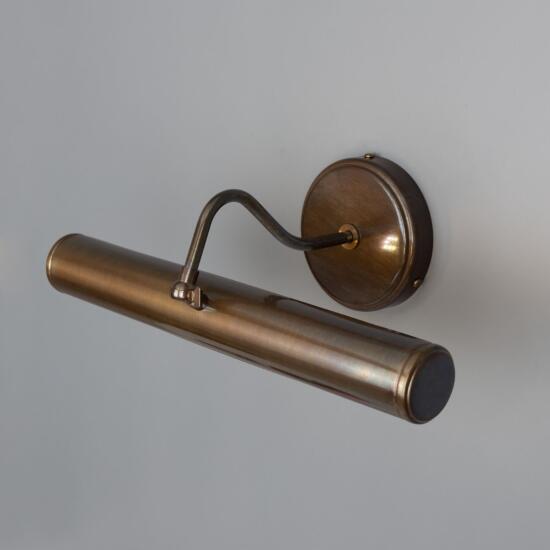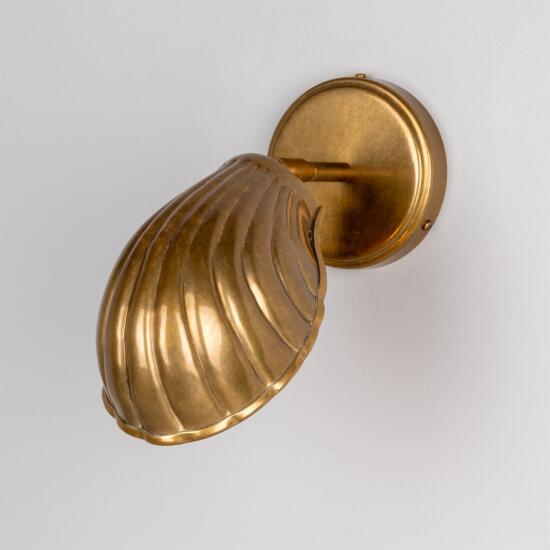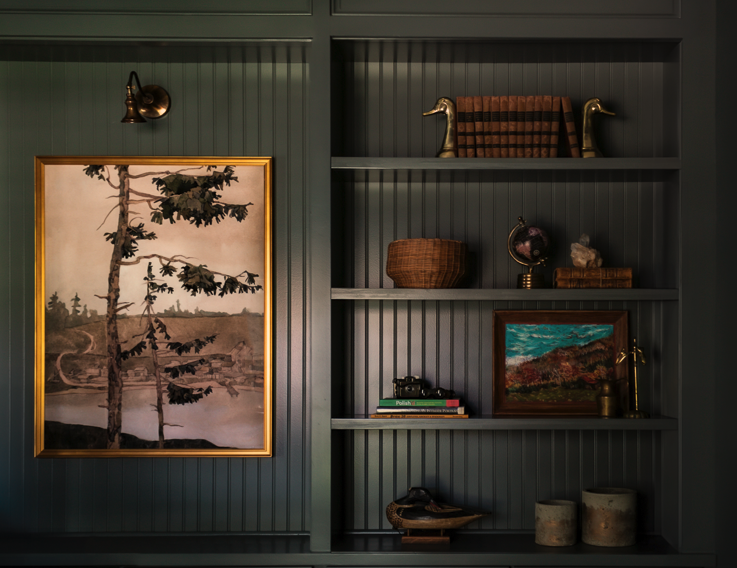
Picture Lights: Your Complete Guide to Illuminating Artwork
Lighting plays a crucial role when it comes to displaying art at home. It brings out the vibrant colours and textures of a painting, photograph, or piece of art, allowing every detail to shine.
Picture lights are specially designed fixtures that are mounted above or beside artwork to provide focused illumination. Coming in various styles, sizes, and finishes, they are crafted to enhance the visual impact of artwork by directing concentrated light onto the piece without causing any damage or distortion.

Picture lights not only serve a functional purpose but also add an element of elegance and sophistication to the overall atmosphere. Whether you have a cherished family portrait, a prized painting, or an impressive collection of artwork, they can elevate the viewing experience beyond function, transforming any space into an art gallery.
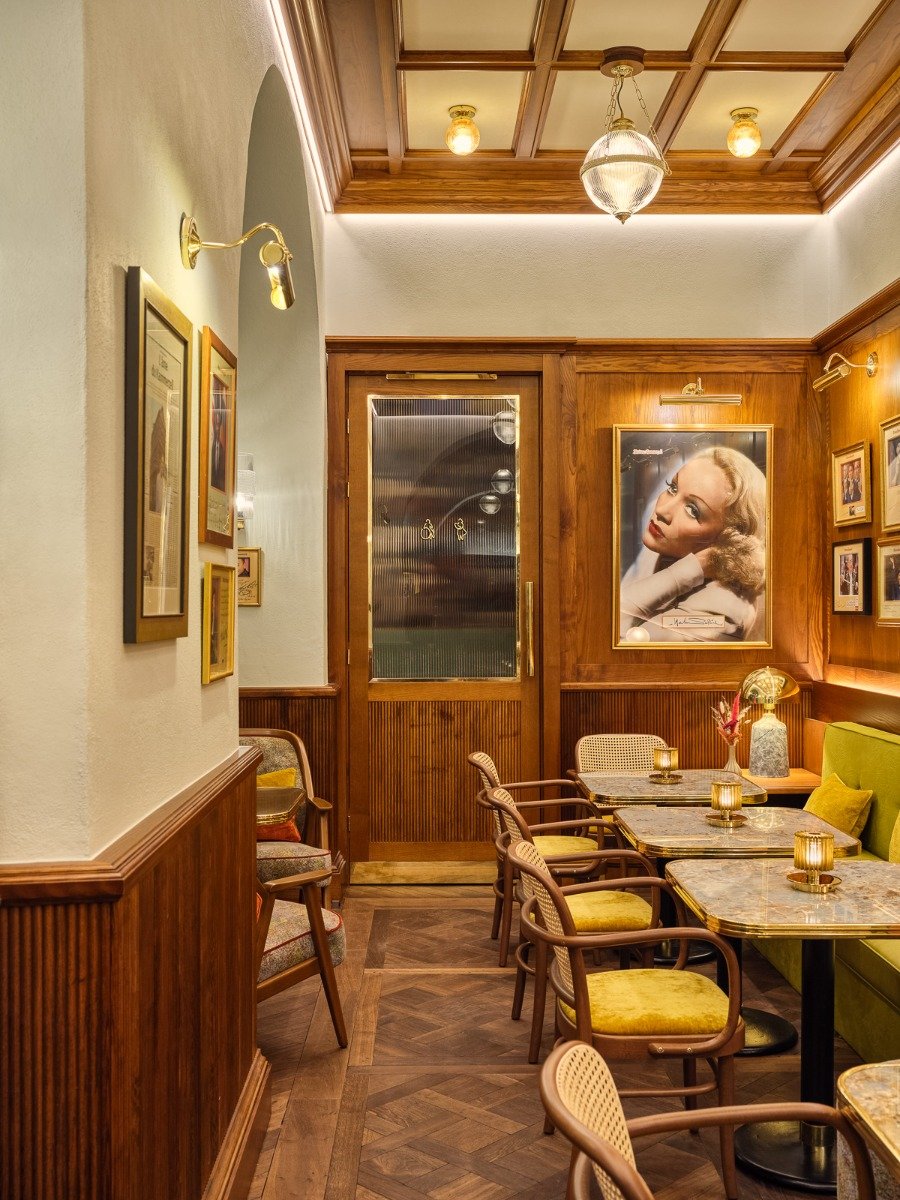
How to Choose the Correct Picture Light for Your Home
When selecting a picture light for your artwork, several factors come into play. It's essential to consider the lighting requirements for the specific artwork, as well as the style, power source, and material options available. Here are some key points to consider when choosing the correct picture light:
- Lighting Requirements for Artwork: Different types of artwork may have unique lighting requirements. For instance, oil paintings may benefit from a warm, soft glow, while photographs may require brighter, more focused lighting. Consider the colour tones, textures, and details of your artwork to determine the appropriate lighting intensity and colour temperature.
- Style and Aesthetic Compatibility: Picture lights come in various styles, ranging from modern and minimalist designs to ornate and decorative options. Choose a style that complements the overall décor and enhances the artwork without overpowering it. Consider the finish, shape, and overall design elements to ensure a cohesive and visually pleasing aesthetic.
- Power Source Options: Picture lights are available in different power source options, each with its own advantages. LED picture lights are energy-efficient, long-lasting, and provide precise lighting control. For flexible lighting without the need for hardwiring, we can offer a customised solution with both plug and inline switches. These are easy to install and simple to use with a nearby socket. In spaces without access to plugs or wiring, you could use rechargeable light bulbs, which can be sourced separately.
- Material Options: Picture lights are available in a range of materials, including polished and satin brass, antique brass, antique silver, and a myriad of painted colour finishes. Consider the existing décor and artwork frames to choose a material that complements the overall style. Brass picture lights can add a touch of elegance and sophistication, while an antique brass or antique silver finish may suit a more vintage or traditional setting.
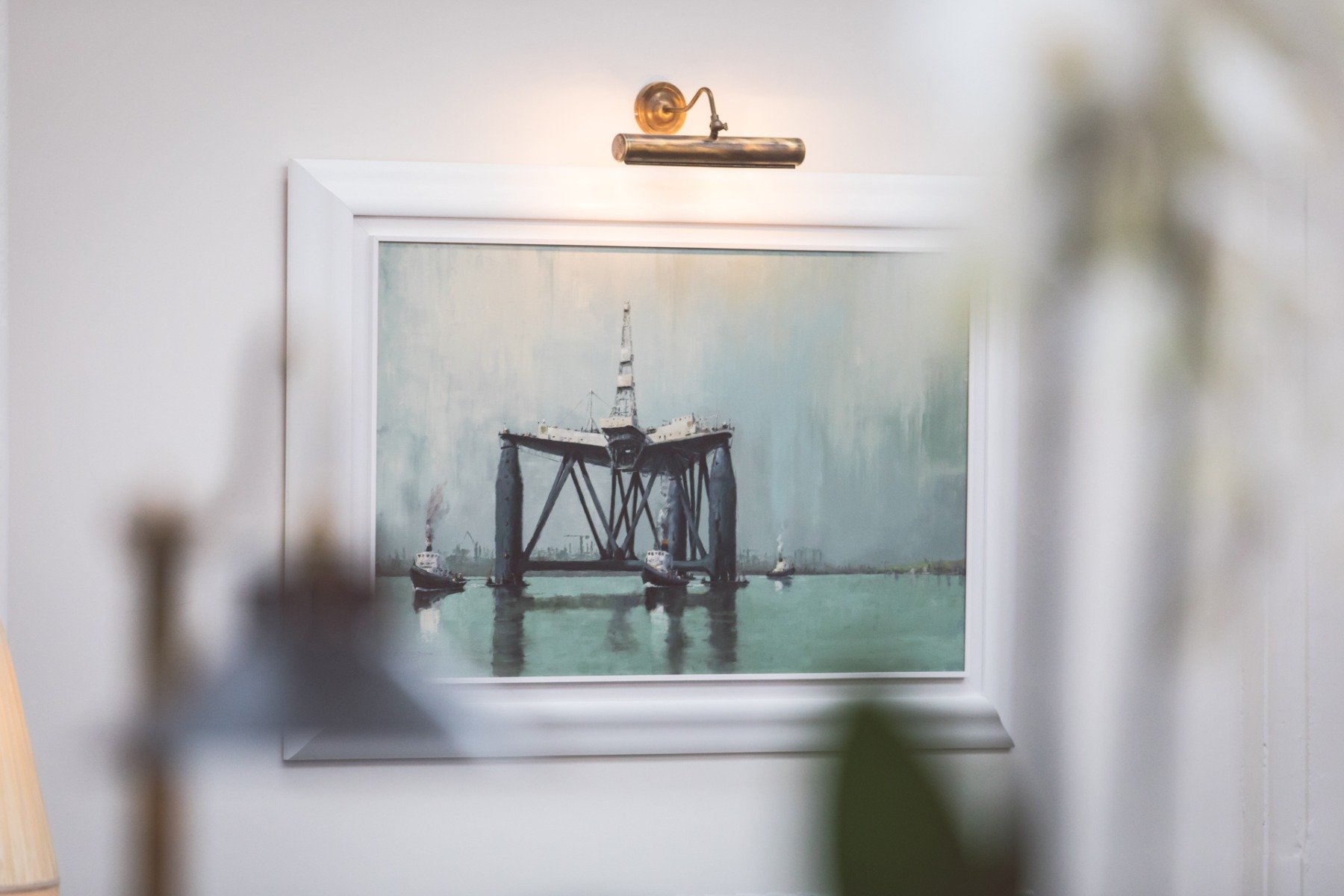
How to Light Artwork in Your Home
- Placement and Positioning of Picture Lights: Picture lights are typically mounted above or beside the artwork to provide optimal illumination. For larger pieces, consider using multiple picture lights to ensure balanced lighting coverage. Experiment with different angles and positions to find the best placement that enhances the artwork without causing glare or shadows.
- Creating Focused and Balanced Lighting: Aim to create focused lighting that highlights the key elements of the artwork. Adjustable picture lights with swivel heads or adjustable arms, like the Reznor, can help direct the light precisely where you want it. Additionally, ensure balanced lighting by avoiding uneven hot spots or overly bright areas.
- Avoiding Glare and Shadows: Glare and shadows can detract from the viewing experience. To minimise glare, choose picture lights with adjustable shades or diffusers that help control the direction of the light. Consider the position of any nearby windows or light sources that may cause unwanted reflections. Adjust the lighting angles and distances to minimise shadows cast by the artwork itself.
By employing these techniques, you can effectively showcase your artwork and create a visually pleasing display that captivates viewers.
What Size Should a Picture Light Be?
Selecting the right size of a picture light depends on the dimensions of your artwork and the desired lighting coverage. Here are some considerations to help you determine the appropriate size:
- Artwork Dimensions: The width of the picture light should be proportional to the width of the artwork. As a general guideline, the picture light should not exceed 50-75% of the artwork's width. A picture light that is too small may not provide adequate illumination, while one that is too large may overpower the artwork.
- Lighting Coverage: Consider the lighting coverage you want to achieve. If you have a large artwork, you may require a larger picture light, or more than one picture light, to ensure the light overlaps, avoiding dark spots on the display. Smaller artworks or focused displays may require narrower or more compact picture lights.
- Proportional Balance: Keep in mind the overall visual balance of the display. The size of the picture light should complement the proportions of the artwork and the surrounding space. Avoid using a picture light that overwhelms or distracts from the artwork itself.
How High Should a Picture Frame Light Be?
The height at which a picture frame light should be positioned depends on the size of the artwork and the overall visual effect you want to achieve. Here are some guidelines to help you determine the appropriate height for your picture light:
- Artwork Size: For smaller pieces, the picture light is typically centred above the artwork. As the size of the artwork increases, the picture light may be positioned slightly higher to maintain a proportional balance. Avoid placing the light too close to the top edge of the frame, as it may cast shadows on the artwork. As a general rule, the picture light should be around 150-175mm (6-7") above the picture frame. This allows for balanced illumination and prevents the light from overpowering the artwork. Adjust this distance based on the specific lighting needs of your artwork and the desired effect you want to achieve.
- Eye Level Placement: A good rule of thumb is to hang your artwork so the centre is at eye level. This helps the light hit it well and makes it easier to appreciate. Eye level placement can vary depending on the average height of the viewer, but a good starting point is around 1500-1650mm (60-65 inches) from the floor.
- Room Function: Consider the primary function of the room where the artwork is displayed. If the artwork is placed in a seating area or a room where people tend to sit or stand, adjust the height of your artwork accordingly to ensure optimal viewing from seated or standing positions.
Remember that these guidelines are not strict rules - personal preference and the specific characteristics of your artwork will most likely influence the ultimate outcome.

How to Install or Hang a Picture Light
If you're using a wired light, it’s always best to hire a qualified electrician. For DIY-friendly options:
- Mark the position of your fixing bracket.
- Drill holes and attach the bracket securely.
- For wired lights, connect the mains power supply (again, it is strongly recommended to leave this to a professional).
- Mount the light and adjust the position if necessary.
How to Hide Picture Light Cords
To keep your display clean and clutter-free, here are some steps you can take to hide visible cords:
- Use rechargeable light bulbs to eliminate cords altogether.
- Paintable cord covers can blend into the wall for a seamless look.
- Tuck cords behind furniture or along trim to keep them out of sight.
- Have cords wired inside the wall by an electrician.
A little bit of adjustment here goes a long way in maintaining a polished, gallery-like presentation.
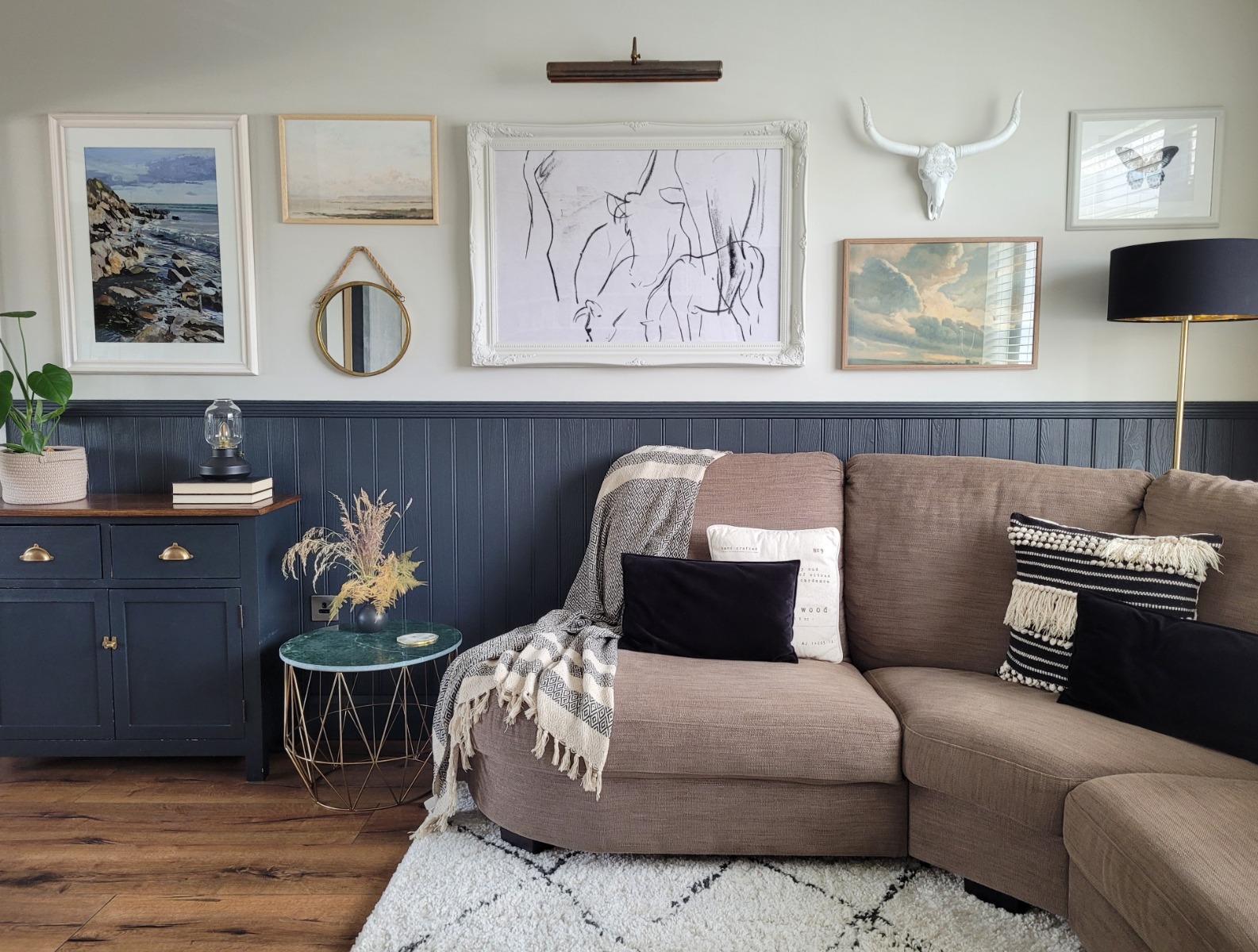
What Type of Bulbs Should Be Used in Picture Lights?
The type of bulbs used in picture lights significantly affects the quality of lighting provided by the picture light. While there are various options available, LED bulbs are the preferred choice for picture lights. Here's why:
- Energy Efficiency: LED bulbs are highly energy-efficient compared to traditional incandescent or halogen bulbs. They consume significantly less electricity, which helps with energy conservation and lowering utility bills.
- Long Lifespan: LED bulbs have an exceptionally long lifespan, typically lasting for tens of thousands of hours. This means you can enjoy consistent, high-quality lighting for years without the need for frequent bulb replacements.
- Low Heat Emission: LED bulbs emit very little heat, making them ideal for picture lighting. Unlike traditional bulbs, LED bulbs don't produce infrared radiation or emit harmful UV rays, which can cause fading or damage to artwork over time.
- Precise Lighting Control: LED bulbs offer precise control over the colour temperature and intensity of the light. They also often come with dimming capabilities, enabling you to adjust the brightness to suit different lighting needs or moods.
- Colour Accuracy: LED bulbs provide excellent colour rendering, ensuring that the true colours and details of your artwork are accurately represented. They have a high colour rendering index (CRI), which measures the light source's ability to reveal the true colours of objects.
When selecting LED bulbs for your picture light, consider the colour temperature that best complements your artwork. For most artwork, choose a warm white bulb (around 2700K–3000K) to give your space a soft, inviting glow while keeping the colours true to life.
Conclusion
By following the guidelines and considerations discussed in this article, you can create a visually stunning display of artwork in your home that not only enhances its beauty but also adds a touch of sophistication and elegance to your space.
Remember to take into account the specific characteristics of your artwork, personal preferences, and the overall aesthetics of your home when selecting and positioning picture lights. With the right lights, you can transform your home into an art gallery, where every piece is beautifully illuminated and cherished.
Header Image Credits: Design - Dexter & Plaid.

